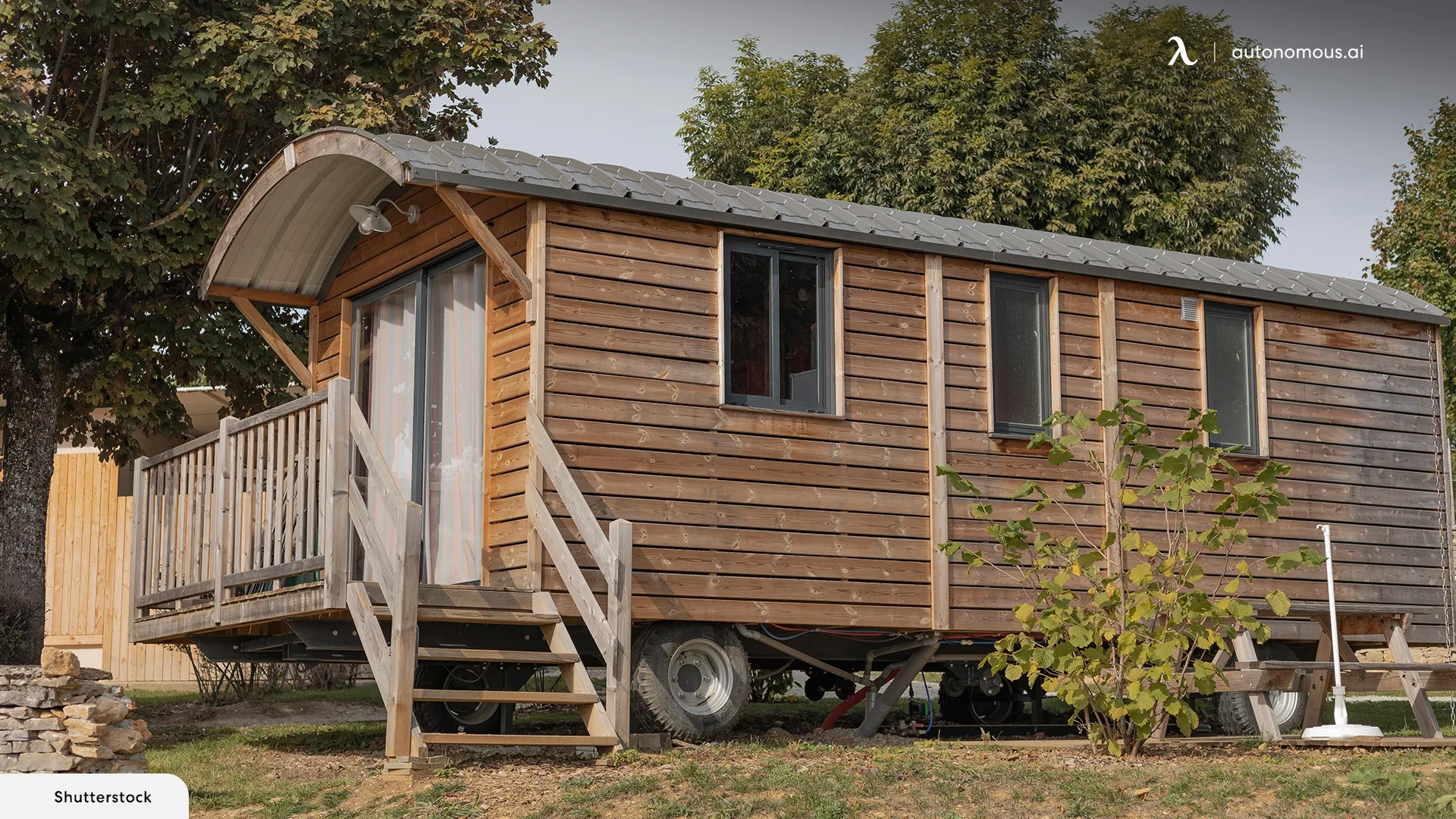
Considerations for Building a Granny Pod in New Jersey
Table of Contents
If you also have a backyard space, then building a secondary unit is the best use of it. Tiny prefab ADUs or a granny shed is an interesting way to increase the living space and add a new personality to your property. After all, with new laws and regulations, granny pods in New Jersey are an easy possibility with a one-time investment and lifelong benefits.
To learn all about New Jersey ADU laws, read this article thoroughly before planning an ADU construction in the backyard.
What Are Granny Pods?
Granny pods, or granny sheds, are small, self-contained living units designed for elderly family members. They include essential amenities such as a bedroom, bathroom, kitchenette, and living area. These units are becoming increasingly popular in NJ due to their convenience and the benefits they offer for elder care.
Benefits of Granny Pods in NJ
Granny pods provide numerous advantages, making them an ideal solution for families looking to support their elderly relatives.
- Proximity to Family: Granny pods allow elderly relatives to stay close to their families, ensuring they receive the necessary support and companionship.
- Cost-Effective: Compared to traditional assisted living facilities, granny pods are a more affordable option.
- Customizable: These units can be tailored to meet the specific needs and preferences of the residents.
- Safe and Accessible: Designed with senior-friendly features such as grab bars, ramps, and non-slip flooring, granny pods ensure a safe living environment.
Regulations and Permits in NJ
Setting up a granny pod in NJ involves understanding and complying with local regulations and obtaining the necessary permits.
- Zoning Laws: Check local zoning regulations to ensure your property allows additional dwelling units. Zoning laws may vary by municipality, so it's essential to consult with local authorities.
- Building Permits: Obtain building permits to ensure the construction meets local safety and construction standards. This includes structural integrity, electrical wiring, plumbing, and more.
- Utility Connections: Proper permits are needed for connecting utilities such as electricity, water, and sewage. Ensure all installations comply with local codes and regulations.
Each state has its own regulations and benefits for setting up granny pods. Here are a few examples:
- Florida: Building granny pods in Florida involves specific state regulations and considerations.
- Texas: Explore the options for granny pods in Texas, which offers various choices and flexibility.
Costs of Granny Pods
Understanding the costs involved in setting up a granny pod is crucial for budgeting. Costs can vary depending on the size, design, and features of the unit. For detailed information on the costs, explore this article on granny pod cost.
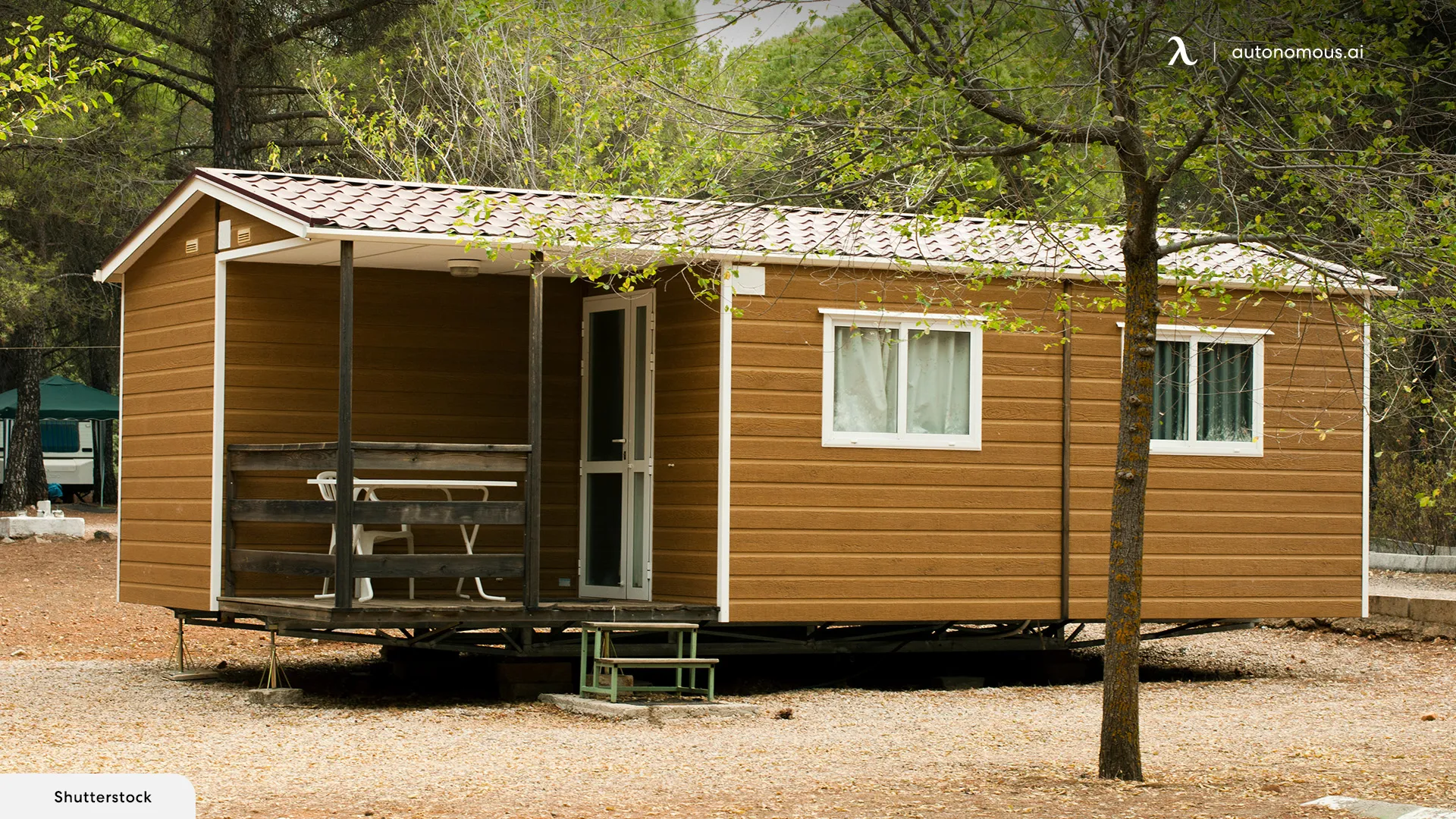
Site Preparation and Installation
Proper site preparation is essential for the successful installation of a granny pod.
- Location: Choose a flat, accessible area in your backyard that complies with local zoning laws.
- Foundation: Depending on the type of granny pod, a concrete slab or other foundation may be necessary to provide stability and support.
- Utility Setup: Plan for the connection of utilities such as electricity, water, and sewage, following local regulations and obtaining the required permits.
Prefab and Portable Options
Prefab and portable granny pods offer additional convenience and flexibility.
- Prefab Granny Pods: Prefabricated units are built off-site and delivered to your location for quick assembly. This option is popular due to its convenience and speed. For more information, check out prefab granny pods in California.
- Portable Granny Pods: These units provide flexibility and can be relocated as needed. They are an excellent option for those who may need a temporary or movable living solution. Learn about the benefits of portable granny pods.
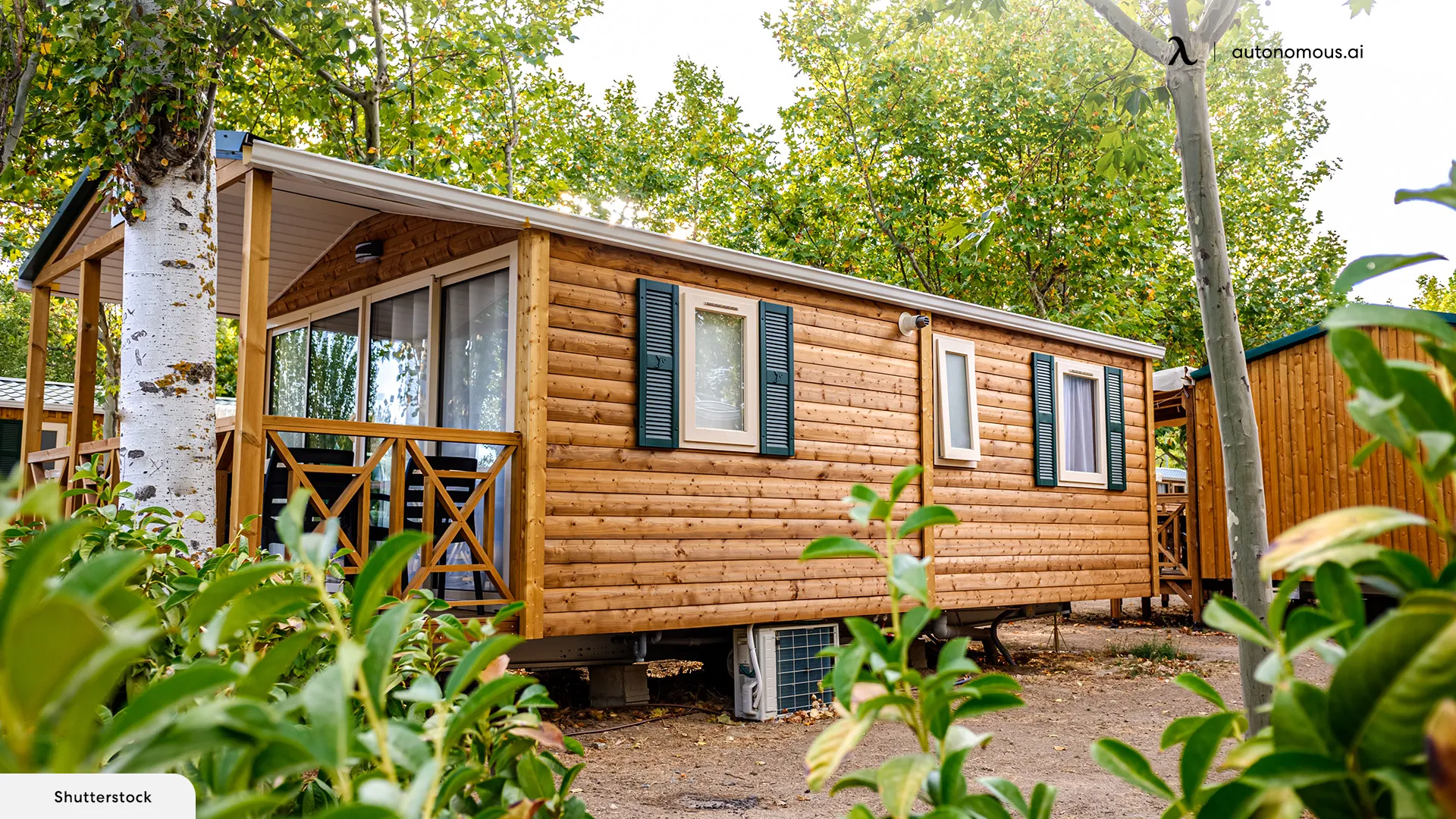
How to Turn an ADU into a Granny Pod
Accessory Dwelling Units (ADUs) are versatile spaces that can be easily converted into granny pods, providing a safe, comfortable living area for elderly family members. Here’s a step-by-step guide on how to transform an ADU into a functional granny pod:
Step 1: Evaluate the Space
Assess the existing structure to determine necessary modifications. Ensure the ADU is suitable in size and layout to accommodate living needs.
Step 2: Plan the Layout
Design a floor plan that includes:
- Bedroom: A comfortable sleeping area.
- Bathroom: A senior-friendly bathroom with safety features like grab bars and non-slip flooring.
- Kitchenette: A compact kitchen area with easy-to-reach cabinets and appliances.
- Living Area: A cozy space for relaxation and socializing.
Step 3: Install Safety Features
- Grab Bars and Handrails: Install these in the bathroom and along any steps or inclines.
- Non-Slip Flooring: Use non-slip materials to prevent falls.
- Ramps: Ensure accessibility by adding ramps where necessary.
- Emergency Alert Systems: Install systems that allow for easy communication in case of emergencies.
Step 4: Optimize for Comfort
- Climate Control: Ensure the space has efficient heating and cooling systems.
- Lighting: Use bright, adjustable lighting to improve visibility.
- Furniture: Choose comfortable, senior-friendly furniture.
Step 5: Connect Utilities
Ensure all necessary utilities such as water, electricity, and sewage are properly connected and functioning.
Step 6: Personalize the Space
Decorate the ADU to make it feel homely and welcoming. Include personal touches like family photos, comfortable bedding, and familiar decor items.
Step 7: Check Local Regulations
Before making significant changes, verify that your modifications comply with local zoning laws and building codes.
ADU in New Jersey: Laws and Regulations
You must have come across different names used for an ADU structure. Whatever the title is, as per the ADU meaning, it is a tiny home attached or detached from the primary property with all the amenities required to make it liveable. These tiny homes are constructed around comfortable and safety-approved shed floor ideas thus to ensure a space that is as good as a proper house. Though smaller in size, an ADU can be counted as a proper home as it has a kitchen, washroom, bed and all the electric and water connections as well.
Next, to make things easier, different states have different ADU Laws, and following them ensures a safe and hospitable space according to the conditions and weather of that region. As for New Jersey, building an ADU will require you to comply with the following laws and regulations:
- Make sure the ceiling height of your ADU is at least 6 feet and 8 inches. This is the minimum standard for an ADU to qualify as a living unit. However, for bathrooms and kitchens, the ceiling height can be a little lower, at 6 feet and 4 inches. This allows the room to build a sloped roof ADU (ideal for rainy regions).
- The minimum floor area of the ADU should be 35 square feet at least. Also, no dimension (length or width) on any part of the property should be less than 5 feet.
- There should be a proper security system installed with door locks and window locks as well.
- The ADU should also have fire safety approval and emergency exits in case of a fire or electric hazard.
- It should have all the plumping, sewerage, electrical, and utilities facilities.
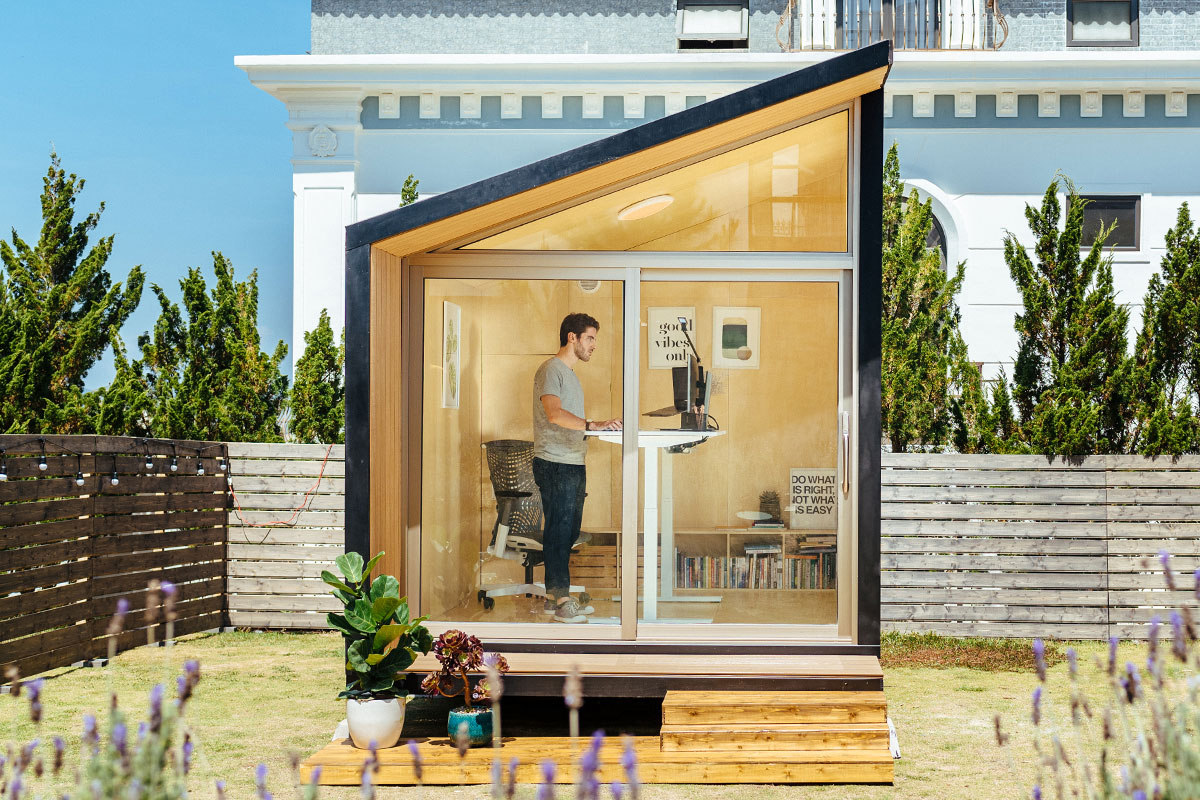
WorkPod
| Overall size | 8.5’W x 12’L x 11’H |
| Floorspace | 102 square feet |
| Ceiling height | 6.8’ to 9.3’ |
| Weight capacity | 2.9 tons |
| Door & Window dimensions, material (include glass) | Main door: 7.5’W x 6.8'H 3 windows: 1.1’W x 7.9’H Window material: Wooden frame, 5/16” tempered glass, composite wood cover Door material: Anodized aluminum frame, 5/16” tempered glass |
| Siding, roof, floor & balcony material | Siding: Plywood 1/2”, wooden frame, honeycomb paper, plywood 3/8”, bitume, housewrap, vinyl siding Roof: Roof shingles Floor: Plywood Balcony: Composite wood |
| Electrical devices | 1 RCB (Residual current breaker) 3 Wall outlet (Universal wall sockets) 1 Ceiling light switch 1 Ceiling light 1 Ventilator switch 1 Ventilator 66ft power cable with 2 connectors |
| Power input | Maximum voltage: 110V AC (US standard) Maximum current: 25A Maximum power dissipation: 2750W |
| Interior furniture | Unfurnished option: 1 Bookshelf, 1 Electrical Cabinet Furnished option: 1 SmartDesk Connect, 1 ErgoChair Ultra, 1 Monitor Arm, 1 Cable Tray, 1 Filing Cabinet, 1 Anti-Fatigue Mat, 1 Bookshelf, 1 Electrical Cabinet |
| Compatible with | Portable air conditioner: A/C units with dimensions smaller than 22” L x 20” W x 88” H and a 5.9” vent hole diameter will fit well. Heater: A small personal heater is more than sufficient. |
- Handy homeowners
- Professionals who need a quiet, dedicated space to work from home
- Freelancers who require a focused environment away from household distractions
- Permit-free
- Zero foundation preparation
- Built with weatherproof and soundproof materials
- Pre-wired with ambient lighting and outlets
- Ready in 3 days
- Requires sufficient outdoor space which may not be available to everyone
- May require additional setup for internet and other connectivity
What to Take Care of When Building an ADU in New Jersey?
Building and using an ADU offers a plethora of advantages in terms of improved quality of life, lower expenses, and less maintenance efforts. ADUs also have many positive environmental impacts with a lowered number of housing constructions, as space expansion is possible with an ADU.
They are also a very cheap alternative to expensive housing as you can get prefab tiny homes under $20K as well. Moreover, you can also check out the granny pods for sale in NJ rather than building your own, as these housing units are even cheaper to purchase. To make sure your tiny home size is correct and complies with other laws in New Jersey, here are some things to know about ADUs in NJ.
ADU Permits New Jersey
On a state level, ADUs aren't promoted in New Jersey. However, this has been heard to change in the coming months as a recent survey proved the popularity of ADUs among civilians, making the state modify its laws. In the meantime, ADUs are an approved structure at the town level. In the tristate area, Princeton is the first municipality to allow ADU construction as well as their sale apart from the primary residence.
Purpose of ADU
Although there are many advantages to ADUs, it's advisable to determine your use for them before beginning construction if the purpose of the ADU is to expand the living area or to provide a supplementary revenue stream through long-term rentals like Airbnb.
It's important to remember that ADUs are named dwelling units for a reason; to be legally recognized as such, you'll need to install heating, a bedroom, a full bathroom, and a small kitchen with a stove and refrigerator. Otherwise, the housing unit is not considered an ADU.
ADU Budget
The first thing that comes into mind with many home design projects, whether big or small, is the budget you must have. For an ADU, fortunately, there is much flexibility in terms of budget. You can purchase prefab ADUs or build one from scratch. The cost of the former or latter depends on what kind of structure you have in mind. Also, when it comes to ADU in New Jersey, there are lots of cost benefits, too. A construction loan, cash-out refinance, credit card, home equity loan, or Home Equity Line of Credit (HELOC) can all be used to pay for your ADU.
Taxes
An ADU is classified as living property and, hence, is eligible for taxation and insurance. However, this is not official in the State of New Jersey yet because ADUs have not yet been approved as legal units.
Frequently Asked Questions
Are granny pods legal in New Jersey?
Not yet; New Jersey doesn't have a law regarding the approval of ADUs. But soon a modification is expected to make an ADU legal in this part of the country.
Are ADUs allowed in New Jersey?
For now, ADUs are not accepted as separate units to the primary home; hence, there might be no clear laws regarding an ADU as a rental property in NJ. But building an ADU in the backyard for personal use is a pretty much common practice in New Jersey.
What is the cost of an ADU in New Jersey?
Depending on the type, size, and facilities covered by your ADU, an ADU in New Jersey can typically cost anywhere from 100K to $400K.
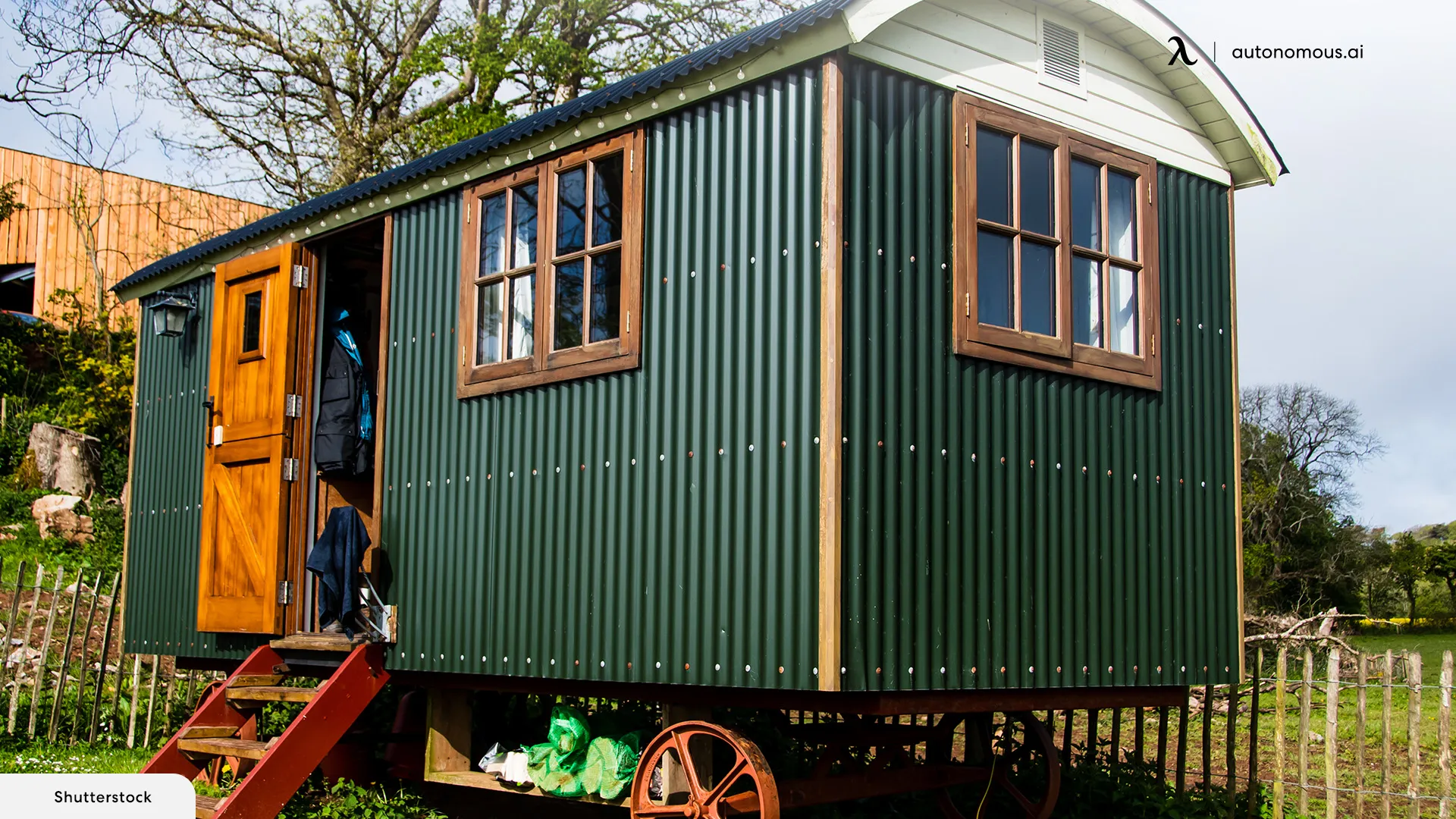
Conclusion
Sooner or later, one needs to expand their living area. It's either one of the kids hitting the end of teenage years or an older parent who wants to have their own space. Thus opting for an idea that is both cost friendly and beneficial in the longer run is the ideal approach.
A backyard tiny home comes in handy in such instances. These backyard houses are popular and in demand for many reasons which is why many manufacturers are up for constructing one for you with the least tiny home cost.
Stay connected with us!
Subscribe to our weekly updates to stay in the loop about our latest innovations and community news!
Interested in a Link Placement?
Spread the word
.svg)
.svg)



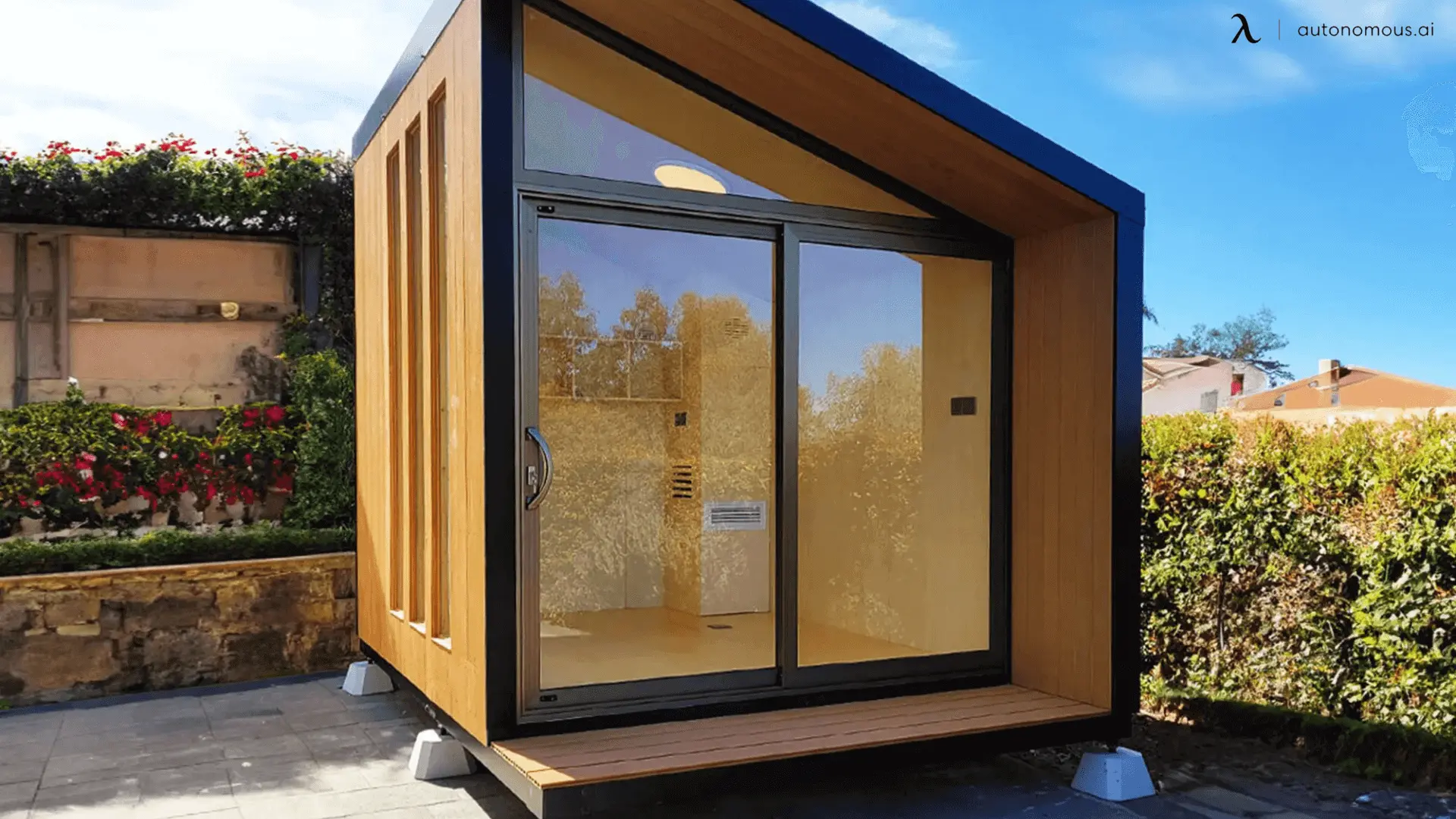
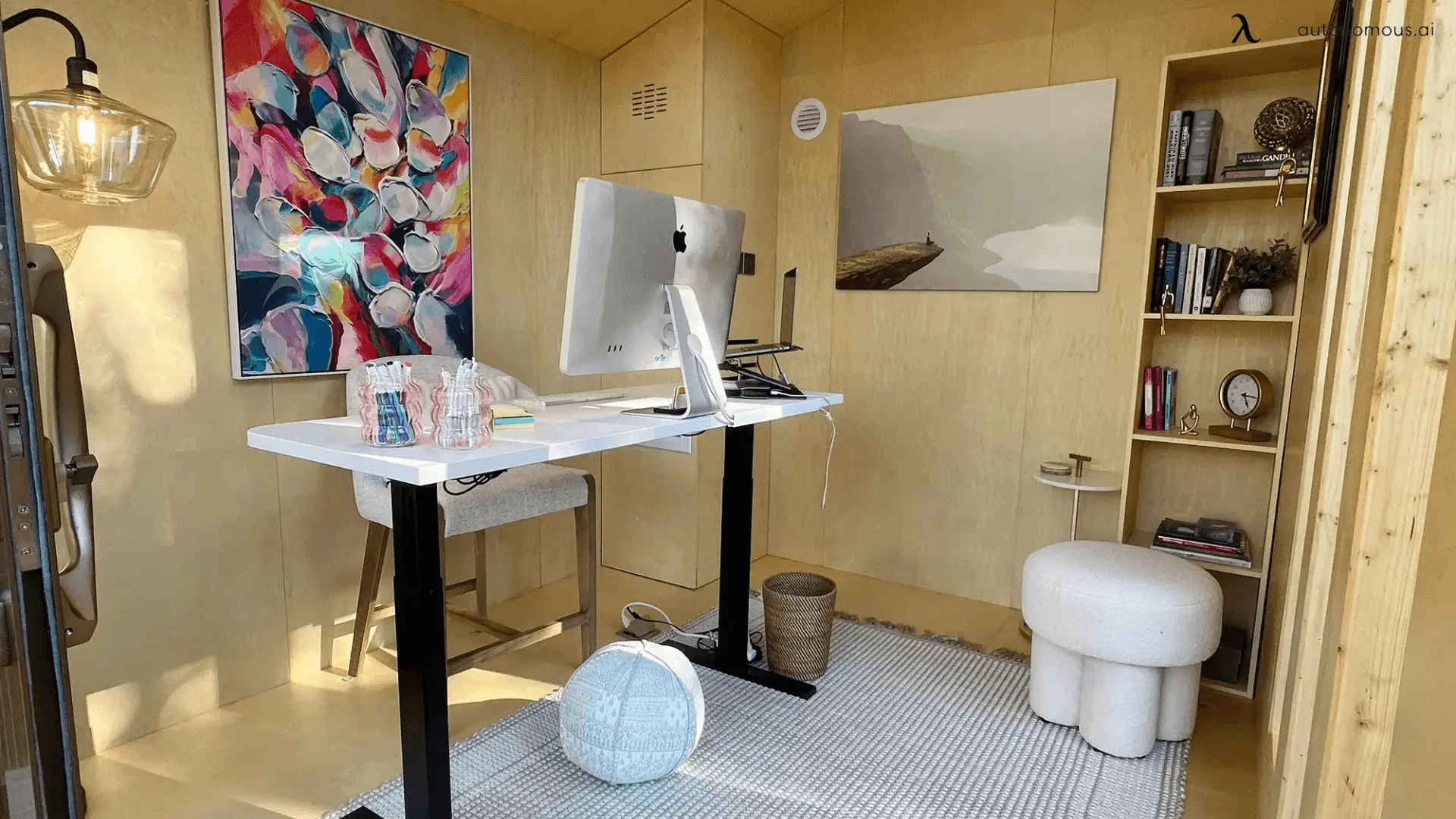
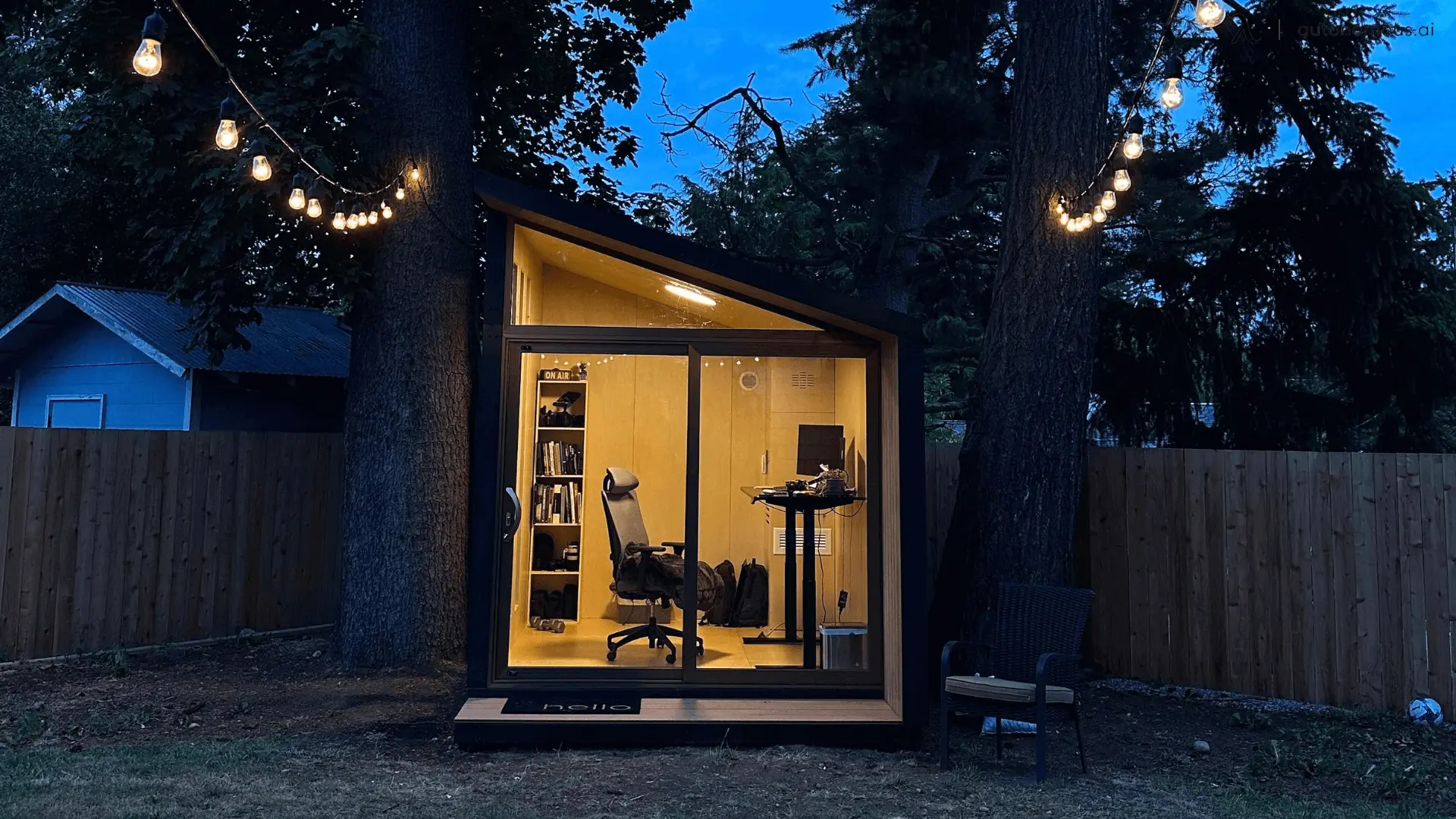


/https://storage.googleapis.com/s3-autonomous-upgrade-3/production/ecm/230914/bulk-order-sep-2023-720x1200-CTA-min.jpg)

/https://storage.googleapis.com/s3-autonomous-upgrade-3/production/ecm/230824/image_tMoN47-V_1692155358869_raw-93ed49d8-7424-464e-bdfe-20ab3586d993.jpg)